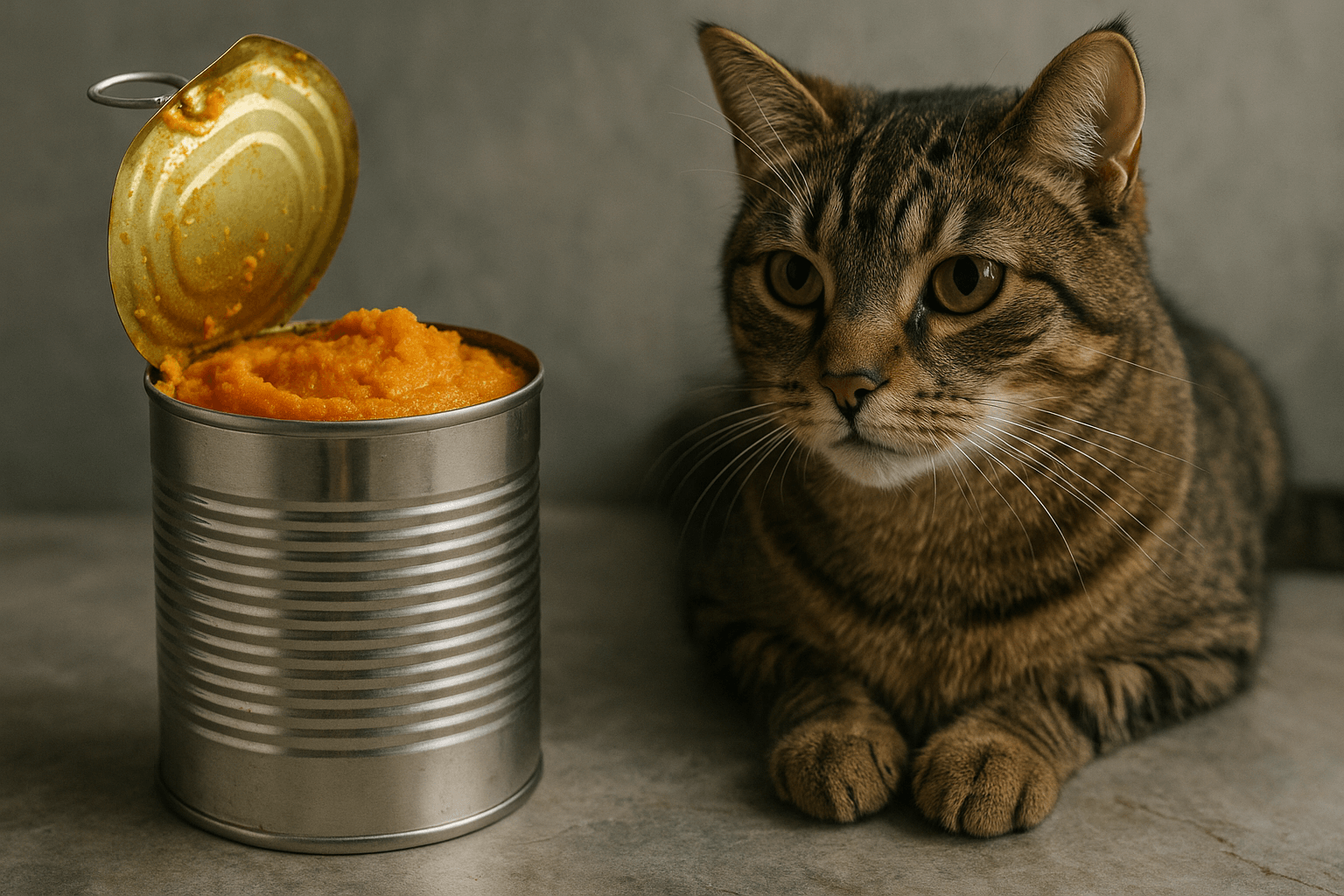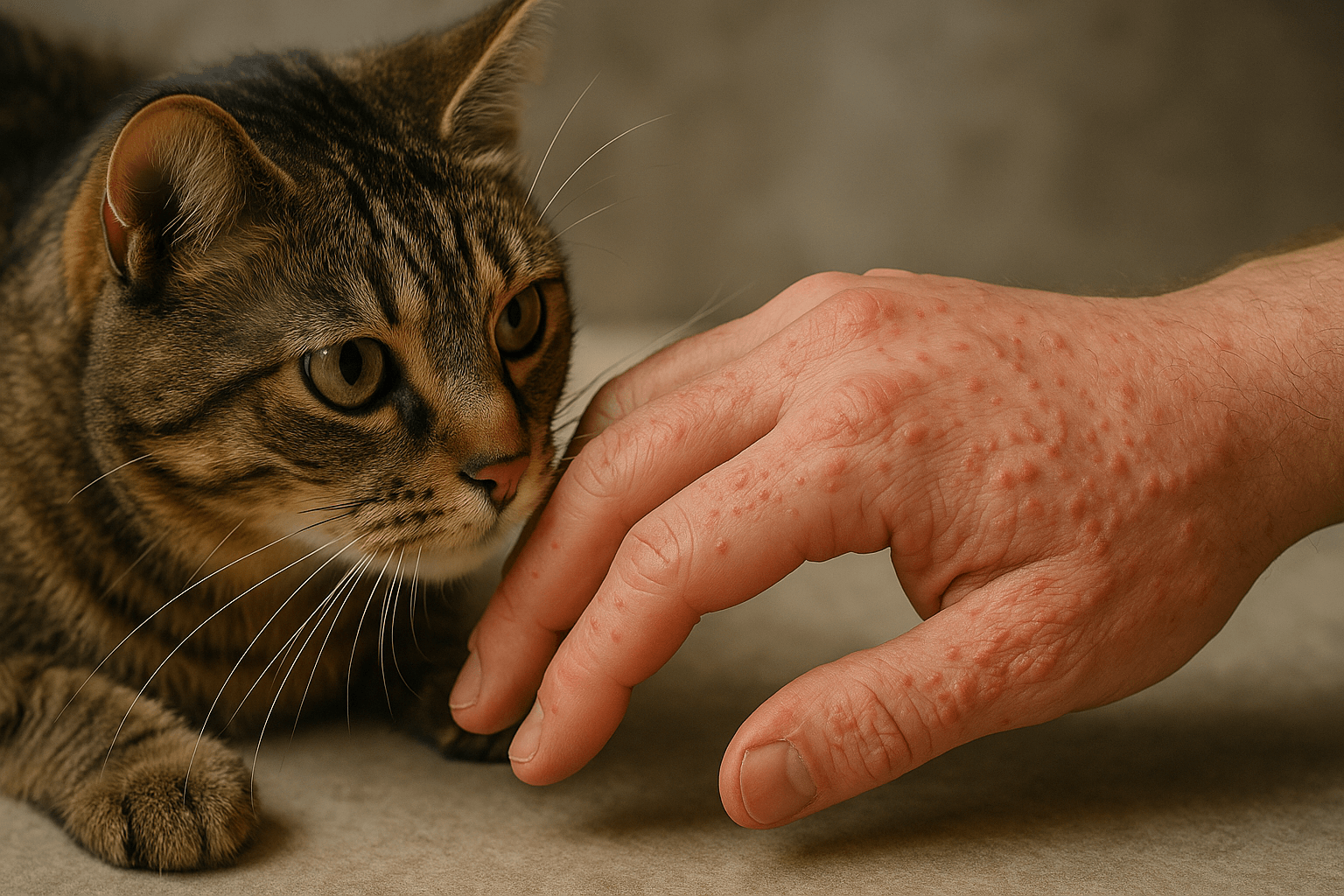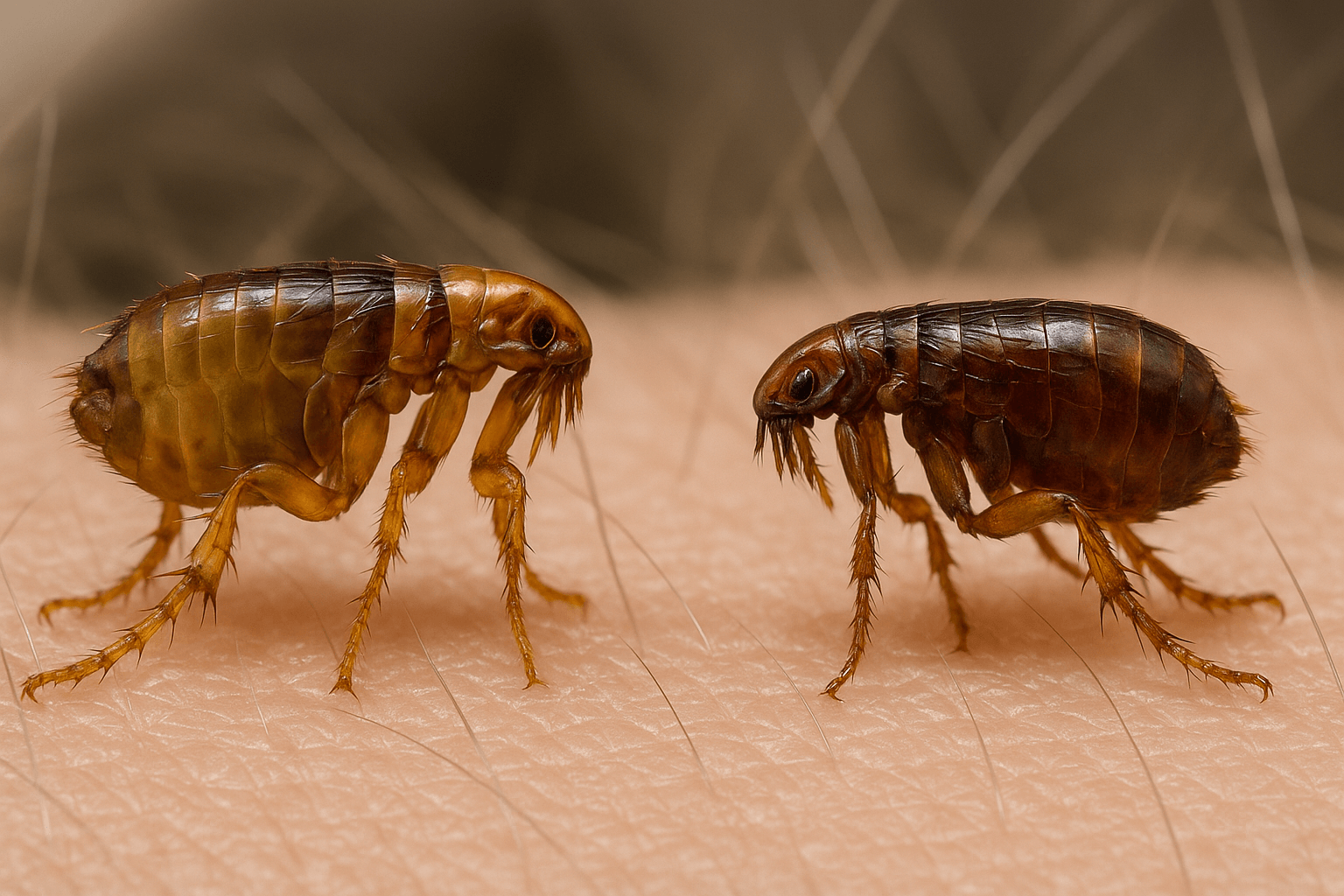Can Dogs Eat Sugar Snap Peas?
As dog owners, we’re always on the lookout for healthy and safe snacks to share with our furry friends. Sugar snap peas, with their sweet crunch and nutritional benefits, might seem like an appealing treat for dogs. But can dogs eat sugar snap peas safely? The good news is that these vibrant green pods are not only non-toxic but also packed with nutrients that can benefit your dog’s health when offered in moderation. However, there are important considerations to keep in mind before adding them to your pup’s diet. In this blog post, we’ll explore everything you need to know about feeding sugar snap peas to dogs, from their health benefits to potential risks and serving tips.
Health Benefits of Sugar Snap Peas for Dogs
Sugar snap peas are a nutrient-rich vegetable that can provide several health benefits for dogs when fed in appropriate amounts. Here’s why they make a great occasional treat.
Rich in Vitamins:
Sugar snap peas are loaded with vitamins A, C, and K, which support immune function, skin health, and blood clotting.High in Fiber:
The fiber content in sugar snap peas aids digestion and helps maintain a healthy gut.Low in Calories:
These peas are a low-calorie snack, making them ideal for dogs watching their weight or needing a light treat.Packed with Antioxidants:
Antioxidants in sugar snap peas help combat free radicals and reduce inflammation in your dog’s body.Good Source of Minerals:
They contain essential minerals like potassium and iron, which support heart health and energy production.
When offered in moderation, sugar snap peas can be a nutritious addition to your dog’s diet.
Potential Risks of Feeding Sugar Snap Peas to Dogs
While sugar snap peas are generally safe, there are some risks to be aware of to ensure your dog enjoys them without any issues.
Choking Hazard:
The pod’s tough texture can pose a choking risk, especially for small dogs or those prone to gulping food.Digestive Upset:
Feeding large quantities may cause gas, bloating, or diarrhea due to the high fiber content.Allergic Reactions:
Though rare, some dogs may have sensitivities or allergic reactions to new foods like sugar snap peas.Stringy Parts Can Cause Blockages:
The stringy fibers along the edges of the pods may get stuck in your dog’s throat or digestive tract if not removed.Overfeeding Concerns:
Too many sugar snap peas can lead to an imbalance in your dog’s diet, displacing essential nutrients.
Understanding these risks ensures you feed sugar snap peas responsibly and prioritize your dog’s safety.
Check this guide 👉Can Dogs Eat Dandelions? Best 7 Expert Tips!
Check this guide 👉Can Dogs Eat Poppy Seeds? Best 7 Expert Tips!
Check this guide 👉Can Dogs Eat Turkey Bones? Best 7 Expert Tips!

Safe Ways to Serve Sugar Snap Peas | Things to Avoid When Feeding Sugar Snap Peas |
|---|---|
Serve plain, without added salt or seasoning | Avoid adding oil, butter, or spices |
Cut into small, bite-sized pieces | Don’t feed whole pods to small dogs |
Remove strings from the edges of the pods | Skip canned or processed peas with additives |
Offer as an occasional treat, not daily | Avoid feeding large quantities at once |
Steam lightly to soften the texture | Never serve frozen peas directly from the bag |
How to Safely Introduce Sugar Snap Peas to Your Dog
Introducing sugar snap peas to your dog’s diet requires care and attention to ensure they tolerate them well. Follow these steps for a smooth transition.
Start with Small Portions:
Begin by offering one or two small pieces to see how your dog reacts before increasing the amount.Monitor for Allergies or Digestive Issues:
Watch for signs of vomiting, diarrhea, or itching after feeding to rule out adverse reactions.Prepare Them Properly:
Wash the peas thoroughly, remove the strings, and cut them into manageable sizes to prevent choking.Cook Lightly if Needed:
If your dog struggles with raw textures, lightly steam the peas to soften them while retaining nutrients.Avoid Seasonings or Additives:
Plain peas are best—skip salt, spices, or sauces that could upset your dog’s stomach.
By following these guidelines, you can safely incorporate sugar snap peas into your dog’s diet.
Signs Your Dog May Not Tolerate Sugar Snap Peas
While most dogs handle sugar snap peas well, some may experience adverse reactions. Being aware of these signs helps you act quickly if something goes wrong.
Vomiting or Diarrhea:
These symptoms often indicate digestive upset caused by overfeeding or intolerance.Excessive Gas or Bloating:
High fiber content can lead to uncomfortable gas buildup in sensitive dogs.Lethargy or Loss of Appetite:
A sudden lack of energy or refusal to eat may signal an allergic reaction or digestive issue.Itching or Skin Irritation:
Redness, scratching, or swelling could point to an allergic response to the peas.Difficulty Breathing:
In rare cases, choking or an allergic reaction may cause respiratory distress; seek immediate veterinary care.
Recognizing these signs early allows you to address potential problems promptly.
Common Mistakes to Avoid When Feeding Sugar Snap Peas
Even well-intentioned pet owners can make mistakes when introducing sugar snap peas to their dog’s diet. Here are some pitfalls to avoid.
Feeding Whole Pods to Small Dogs:
Whole pods can pose a choking hazard; always cut them into smaller pieces.Adding Harmful Seasonings:
Salt, garlic, or onion powder can harm your dog’s health—stick to plain peas.Ignoring Portion Control:
Overfeeding can disrupt your dog’s balanced diet and lead to digestive issues.Skipping the String Removal Process:
Leaving the strings intact increases the risk of blockages in your dog’s throat or intestines.Assuming All Dogs React the Same Way:
Every dog is unique; what works for one may not work for another, so observe closely.
Avoiding these mistakes ensures a safer and healthier snacking experience for your dog.
Alternative Vegetables Safe for Dogs
If your dog doesn’t take to sugar snap peas or you want to explore other veggie options, here are some dog-friendly alternatives.
Carrots:
Crunchy and low-calorie, carrots are a great source of vitamin A and promote dental health.Green Beans:
Low in calories and high in fiber, green beans make an excellent snack for weight management.Cucumbers:
Hydrating and refreshing, cucumbers are perfect for dogs who love a cool treat.Zucchini:
This mild-flavored veggie is rich in vitamins and easy to digest when cooked.Pumpkin (Plain):
Cooked or canned pumpkin (without additives) supports digestive health and alleviates constipation.
These vegetables offer variety and nutrition without compromising your dog’s safety.
Fun Ways to Incorporate Sugar Snap Peas into Your Dog’s Diet
Adding sugar snap peas to your dog’s meals or snacks can be both creative and enjoyable. Here are some ideas to try.
Mix into Homemade Treats:
Blend chopped peas into homemade dog biscuits or muffins for a nutritious twist.Freeze for a Cool Snack:
Freeze small pieces of sugar snap peas for a refreshing summer treat.Add to Regular Meals:
Sprinkle finely chopped peas over your dog’s kibble for added flavor and nutrients.Use as a Training Reward:
Offer pea pieces as bite-sized rewards during training sessions.Create a Veggie Mix:
Combine sugar snap peas with other dog-safe veggies like carrots or green beans for variety.
Incorporating sugar snap peas in these ways keeps mealtime exciting and nutritious for your pup.
Frequently Asked Questions About Dogs and Sugar Snap Peas
Are sugar snap peas safe for all dogs?
Most dogs can eat sugar snap peas safely, but consult your vet if your dog has specific health conditions or dietary restrictions.
How many sugar snap peas can I give my dog?
Stick to small portions—a few pieces per day—as treats should not exceed 10% of your dog’s daily caloric intake.
Can puppies eat sugar snap peas?
Yes, but introduce them gradually and ensure the peas are cut into tiny, puppy-safe pieces.
What should I do if my dog chokes on a pea?
Learn the Heimlich maneuver for dogs and contact your vet immediately if choking occurs.
Can I feed my dog other types of peas?
Green peas and snow peas are also safe in moderation, but avoid canned peas with added salt or preservatives.
Feeding Sugar Snap Peas Responsibly for a Happy Pup
Sugar snap peas can be a healthy and enjoyable treat for dogs when served correctly and in moderation. Their nutritional benefits make them a great option for pet parents looking to diversify their dog’s diet, but it’s crucial to prepare them safely and monitor for any adverse reactions. By understanding the dos and don’ts of feeding sugar snap peas, you can provide your dog with a tasty snack while ensuring their overall well-being. Always prioritize your dog’s individual needs and consult your veterinarian if you’re unsure about introducing new foods. With care and attention, sugar snap peas can become a delightful addition to your dog’s treat rotation.
Canned Pumpkin for Cat Diarrhea: Best 7 Expert Tips! Natural remedy to firm stools, soothe upset bellies, and support gut health safely.
Can a Cat Give You Scabies? Best 7 Expert Tips! Discover the truth about feline mites, human skin risks, and how to protect yourself—without panic.
Cat Flea vs Human Flea: Best 7 Expert Tips! Discover the truth about bites, species, and how to eliminate infestations for good.
Weird Cat Behaviors: Best 7 Expert Tips! Discover why cats do strange things—and how to understand, not punish, their instincts for a happier home.




